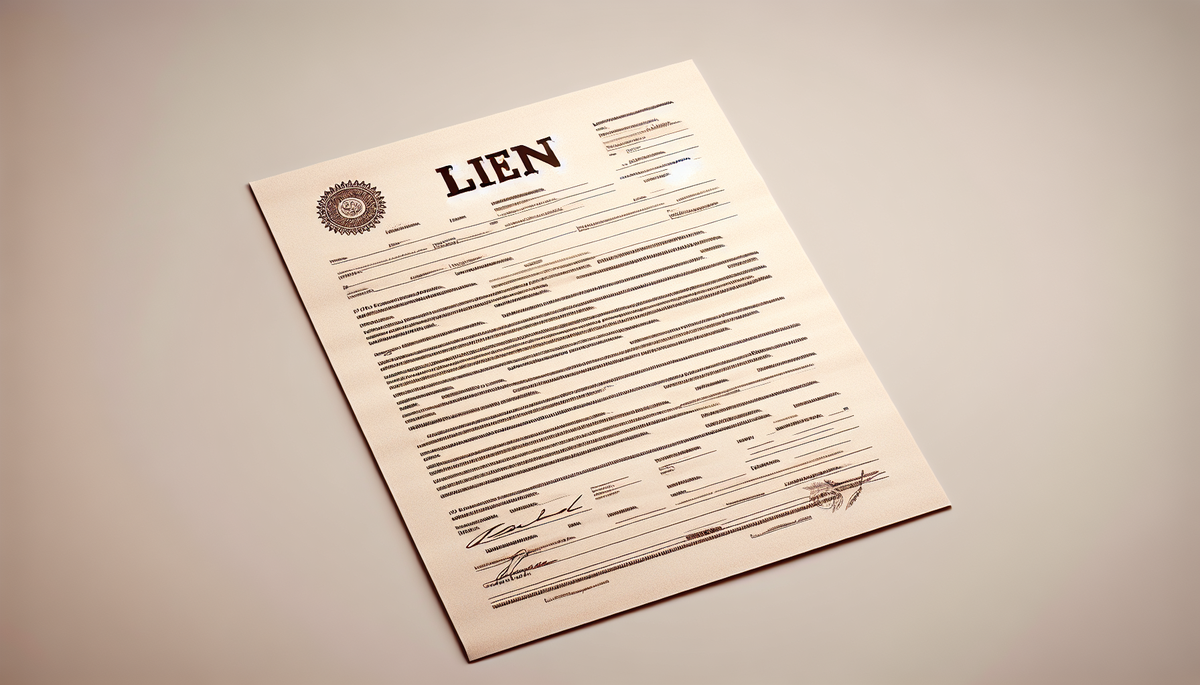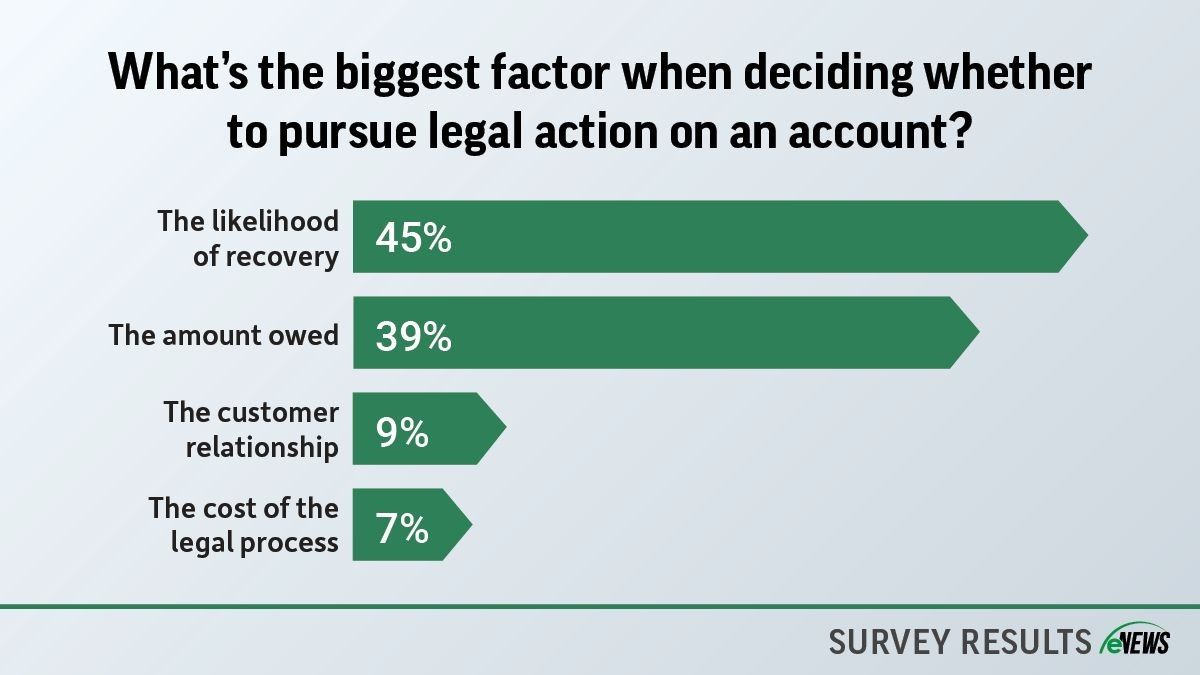eNews
Gaining confidence with lien waivers

Seasoned construction credit managers are no strangers to lien waivers. The forms serve as milestones on long projects, asking credit managers to continuously reevaluate the inherent risk of their continued involvement. Whether you are involved throughout the project or only for a brief stint, you may be asked to sign a lien waiver at some point, so it is critical that credit managers understand what they are signing.
A lien waiver is a document provided by a contractor, subcontractor or supplier that relinquishes their right to file a mechanic’s lien on a project. Serving as a quasi-receipt for payment or partial payment, lien waivers help property owners ensure that a project continues without any delays or financial hurdles caused by mechanic’s liens.
Why it matters: Lien waivers are a given for credit managers supplying labor or materials to ongoing construction projects. The construction industry’s reliance on credit means that lien waivers pop up often in a credit manager’s day-to-day work, with larger projects requiring more waivers as more progress payments are required.
“A lien waiver is designed so that when a partial payment is made, there is a record that reduces the balance owed downstream,” said Nan Hannah, attorney with Hannah Sheridan Cochran, LLP (Raleigh, NC). “When you get into bigger projects and you have subcontractors, suppliers and others, it really helps to have everyone who could file a lien have an acknowledged receipt of payment.”
Choosing what type of lien waiver to use depends on where you are in the construction project. There are four types of lien waivers:
- Unconditional waiver upon progress payment: Waives lien rights for the amount received, even if payment issues arise later.
- Conditional waiver upon progress payment: Waives lien rights only if a progress payment has been made. If no payment is made, the waiver is void.
- Unconditional waiver upon final payment: Waives all lien rights once the final payment is received and confirmed, meaning no liens can be filed going forward.
- Conditional waiver upon final payment: Also waives lien rights for the full amount when the final payment is received, but if payment is delayed the waiver remains valid until that payment is made.
When you first encounter a lien waiver, it can be intimidating, legal jargon aside, to sign away your lien rights. To feel more confident in what you agree to, take the time to thoroughly review what you sign. “You need to be very careful and know that just because they gave you a lien waiver two months ago does not mean the waiver they hand you today is exactly the same,” Hannah said.
When reviewing lien waivers, look out for troubling language that does not align with the agreement you’ve discussed with the other party. It is important to familiarize yourself with how the language may vary between conditional and unconditional waivers so that you can be confident in what you are signing.
“If you’re looking at a waiver, you need to make sure that you’re identifying which type of waiver it is,” said Isaac Kotila, regional credit manager for Insulation Distributors (Chanhassen, MN). “If you haven’t received payment, you want to make sure that it’s reading as a conditional waiver where it sets the requirements as ‘to be paid’ and ‘once received.’ You don’t want to agree to a waiver that says, ‘already been paid,’ ‘has been paid,’ that type of terminology.”
While many lien waivers are relatively straightforward, taking the time to closely read over the terms you are agreeing to can protect your company from risk down the line. “There are a lot of states that have a standard lien waiver, but a lot of general contractors will request their own language in the lien waiver,” said George Demakis, corporate credit and pricing manager for Stone Group of Companies (Spokane, WA). “You’ve got to watch out for the terms and make sure that you are not giving up any future lien rights beyond the date in the lien waiver by signing it.”
The bottom line: Lien waivers play a large role in construction credit, with many credit managers seeing the forms daily. While they may be a headache for newer credit managers, lien waivers give projects structure and keep things moving forward.
“We’re all busy in our normal course of business, but I like to see lien waivers, especially on commercial projects,” Kotila said. “Typically, what I see if I’m not seeing lien waivers is the that the draw payments aren’t properly structured. If it seems like there’s not a lot of structure to the project, that’s typically where I see issues with payments, lien filings, foreclosures or bond claims pop up.”





